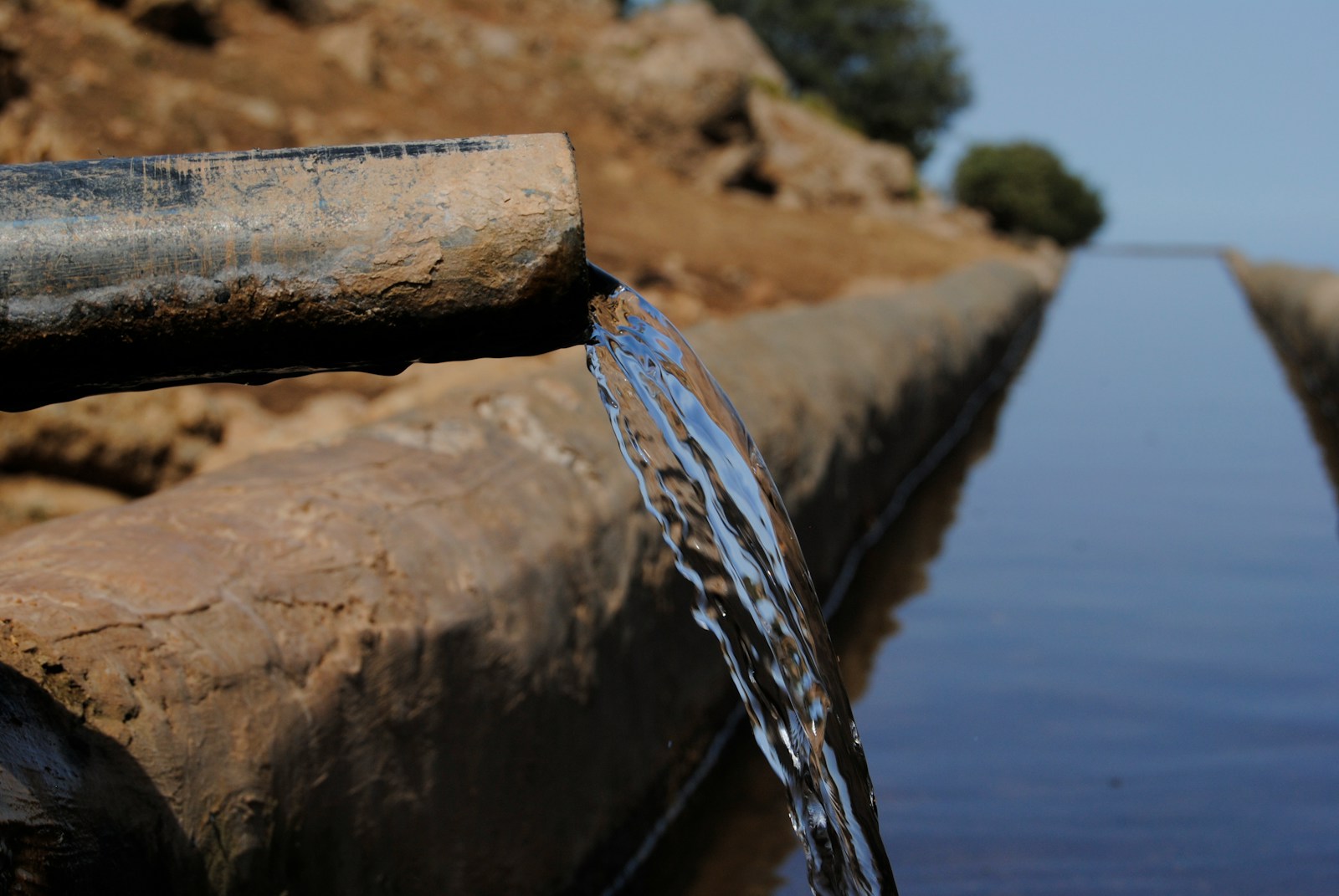The silent crisis of water scarcity is rapidly escalating into one of the most pressing challenges of our time, threatening communities, economies, and ecosystems across the globe. While Earth is covered in water, only a tiny fraction is freshwater, and even less is readily accessible for human use. Factors like population growth, climate change, pollution, and inefficient water management practices have pushed many regions to the brink, with billions of people already experiencing severe water scarcity for at least one month a year. This dire situation demands not just conservative measures, but a concerted effort to innovate across every segment of the water cycle, creating sustainable solutions for a thirsty planet.
One of the most promising areas of innovation lies in water generation and purification technologies. Desalination, the process of converting seawater or brackish water into freshwater, has seen remarkable advancements. Traditional methods were energy-intensive, but new approaches like solar-powered desalination and the development of graphene-based membranes are making the process more efficient, cost-effective, and environmentally friendly. Beyond large-scale plants, portable and decentralized desalination units, such as the Desolenator, are providing crucial access to clean water in remote or crisis-affected areas. Simultaneously, atmospheric water generation (AWG) units, which extract potable water from the air’s humidity, offer a viable solution for regions with high atmospheric moisture but limited ground or surface water sources. These technologies are particularly vital for arid zones and island nations, where traditional freshwater sources are scarce or diminishing.
Beyond generating new water, optimizing existing water resources through advanced management and conservation is critical. In agriculture, which accounts for approximately 70% of global freshwater use, smart irrigation systems are revolutionizing efficiency. Technologies like drip irrigation, combined with IoT sensors and AI analytics, deliver water directly to plant roots based on real-time soil moisture and weather data, drastically reducing waste from evaporation and runoff. Similarly, smart water management systems for urban and industrial use leverage IoT sensors, AI, and smart meters to monitor water flow, detect leaks in infrastructure (which account for millions of gallons of lost water annually), and optimize distribution. Predictive analytics help forecast demand, ensuring water is allocated efficiently across municipal and industrial networks.
The concept of water recycling and reuse is also gaining significant traction. Wastewater treatment technologies are evolving to purify municipal and industrial wastewater to standards suitable for various non-potable uses, such as irrigation, industrial processes, and even toilet flushing (greywater recycling). Advanced oxidation processes, membrane filtration (like reverse osmosis and nanofiltration), and biological treatments are making it possible to safely reclaim water that was once discarded. Decentralized treatment plants are also emerging, allowing localized treatment and reuse, which reduces the need for extensive centralized infrastructure and minimizes transportation losses. Innovations like the Omni Processor, which converts sewage into clean drinking water and energy, exemplify the potential for closed-loop water systems.
Furthermore, nature-based solutions are being increasingly integrated into water management strategies. Rainwater harvesting systems, from large-scale urban infrastructure to simple rooftop collection in households, capture and store precipitation for later use, reducing reliance on municipal supplies and recharging groundwater. Wetland restoration projects act as natural filters, purifying water by removing pollutants while also replenishing aquifers and mitigating flood risks. Forest conservation helps regulate the water cycle, ensuring steady rainfall patterns and improving soil moisture retention. Implementing green infrastructure in urban areas, such as permeable pavements, rain gardens, and urban wetlands, reduces stormwater runoff and enhances water infiltration, contributing to urban water resilience.
Finally, community-driven initiatives and policy reforms are essential for scaling these technological and nature-based solutions. Empowering local communities to manage their water resources, promoting water-saving habits at the household level, and developing fair water pricing structures are crucial for sustainable water governance. Policymakers must create supportive regulatory frameworks that incentivize water conservation, invest in resilient water infrastructure, and foster public-private partnerships to accelerate the deployment of innovative solutions. By combining cutting-edge technology with responsible management and collective action, we can forge a path towards a future where water scarcity is no longer a looming threat but a challenge met with ingenuity and shared commitment.
References:
- UNEP (United Nations Environment Programme): Offers comprehensive reports on global water challenges and solutions, including the Food Waste Index Report which touches upon water embedded in food.
- Circle of Blue: A prominent non-profit environmental news organization that reports extensively on the global freshwater crisis and innovative solutions.
- KarIoT (Water Crisis: Innovative Solutions for a Sustainable Future): Provides a breakdown of technological innovations in water management, including smart systems, desalination, and wastewater recycling.
- Seametrics (7 Innovative Tools to Help Solve the Water Crisis): Features specific examples of groundbreaking devices and systems for water purification, generation, and conservation.
- H2O Global News (Innovative Water Technologies Solutions To Global Water Crisis): Discusses advancements in water filtration, desalination, smart water management, and water recycling technologies.
- WWF (World Wildlife Fund) – Water Scarcity: Provides an overview of the causes and impacts of water scarcity globally and highlights various solutions, including nature-based approaches.


